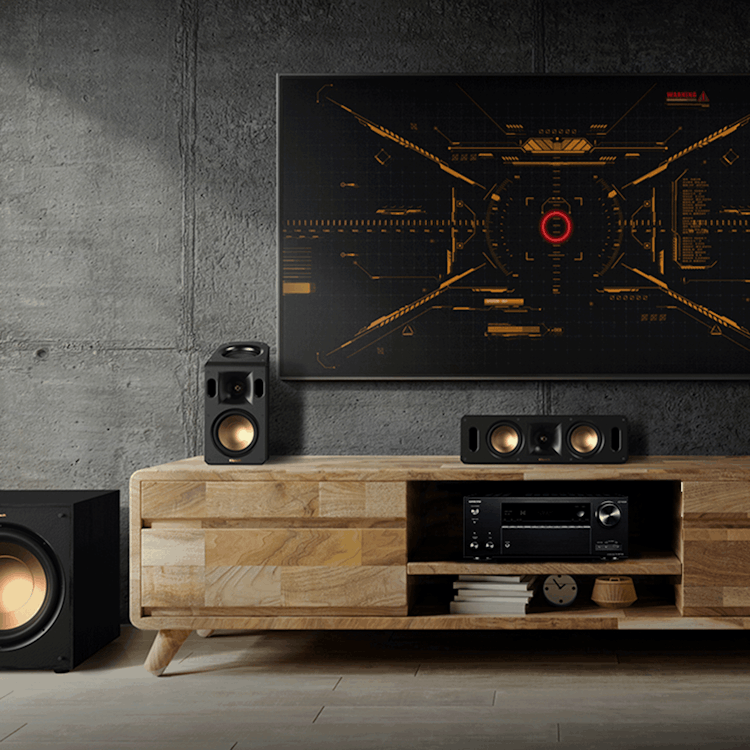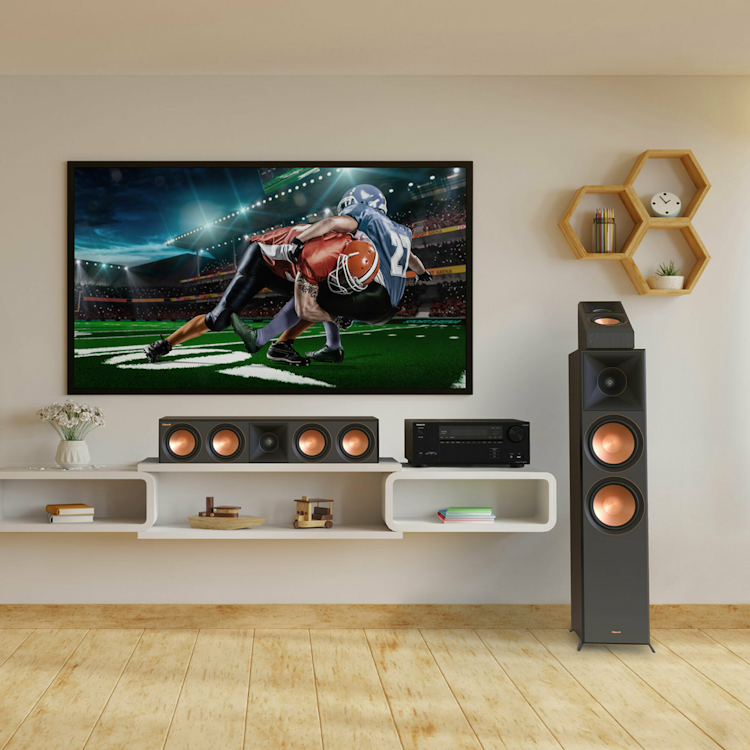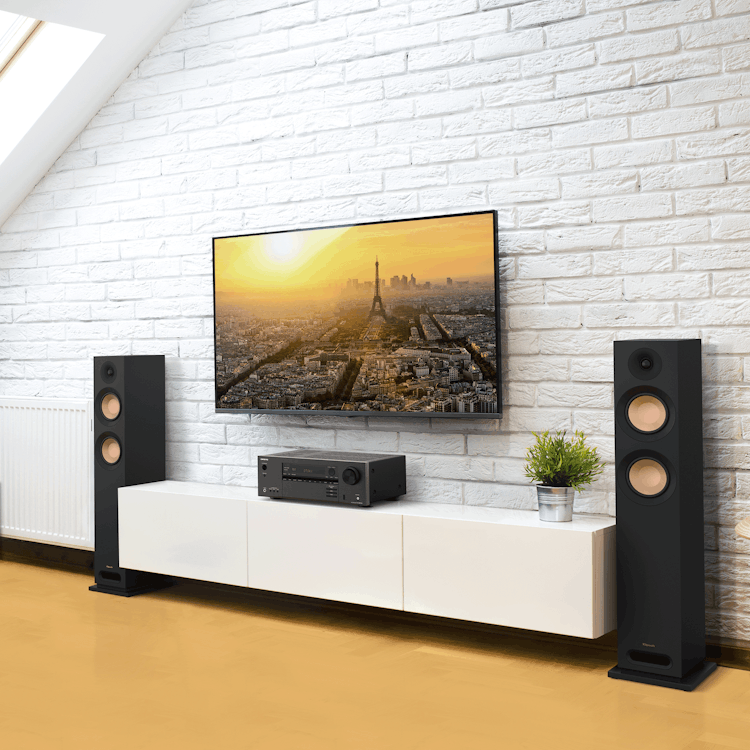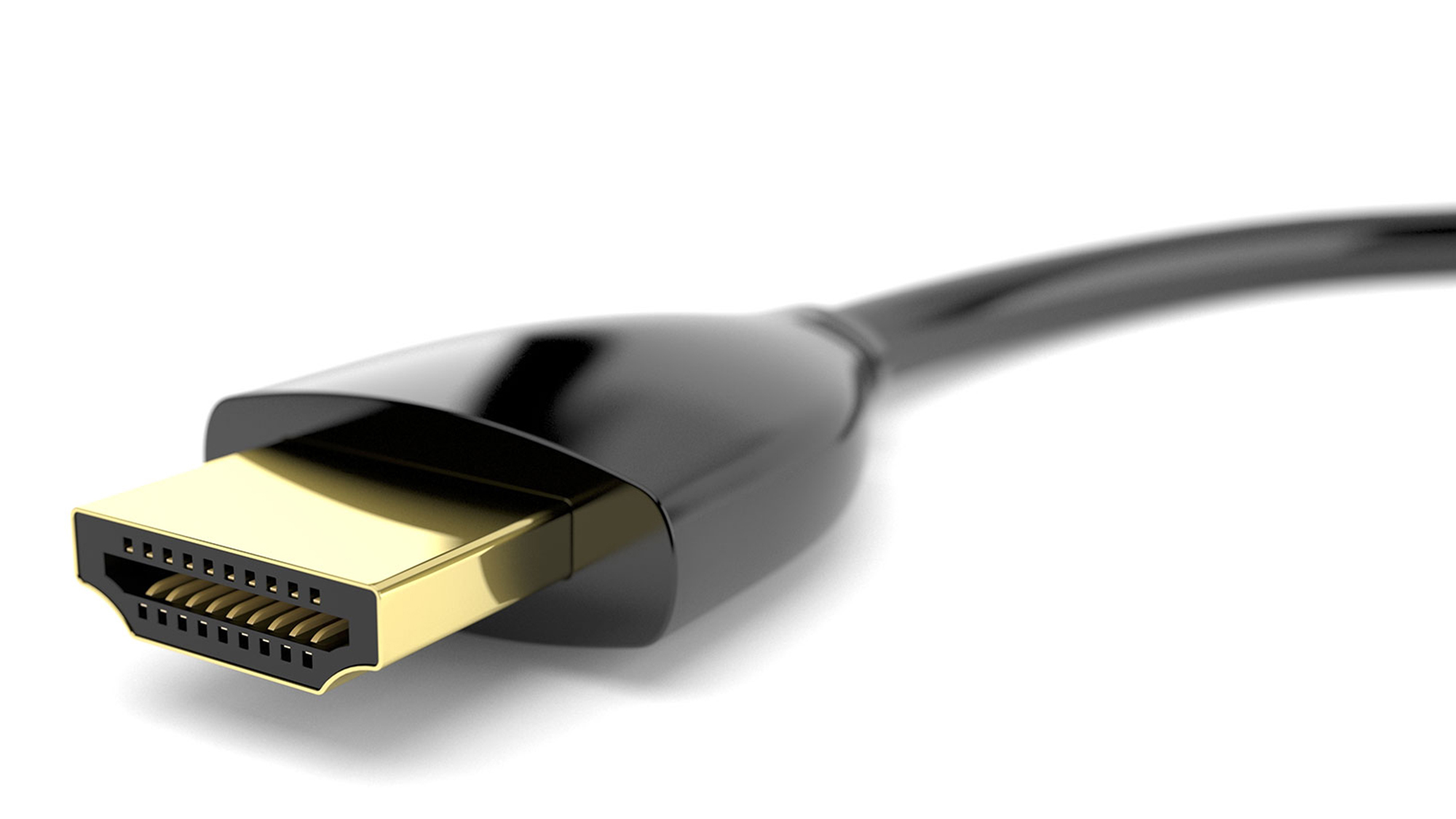
First Of All, What Is HDMI?
High-Definition Multimedia Interface (HDMI) is a means of transmitting digital data between a source and a TV, laptop, or desktop computer. Essentially, HDMI takes the place of analog transmission, as that has gone the way of eight-tracks and mini-disc players. In order to have HDMI transmission, you need an HDMI certified cable to make the connection between the source and the output. Sounds pretty simple right?
Well, not exactly.
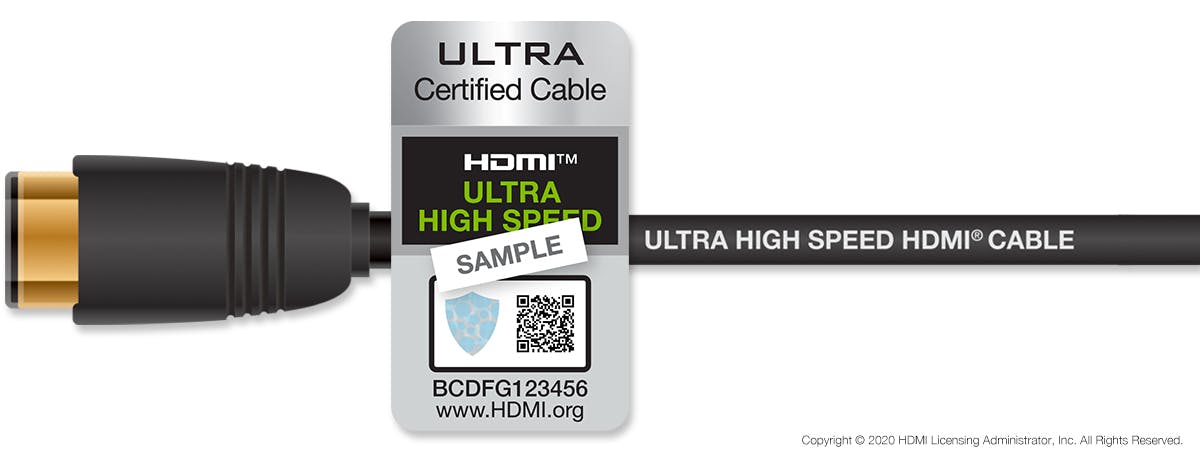
What’s the Deal With the Certification Numbers?
As we’ve already established, tech is always evolving. Case in point, look at Bluetooth or the iPhone. I can’t actually tell you which version of iPhone is the latest (13? 12? X?). In any case, the numbers mean exactly what you think – newer and improved, even if it’s just slight nuances to the end-consumer.
Much like the iPhone, this means not every product will be compatible with the latest upgrades. It is on the consumer to double-check to ensure what you have is compatible:
HDMI.org recommends checking the box, other packaging, the spec sheet, manual, or their website to see if an item is compatible. You can also check here to see if the manufacturer is certified for 2.1.
“We are all dependent on manufacturers and resellers correctly stating which features their devices support,”
HDMI.org spokesperson Douglas Wright tells The Verge.
HDMI 2.0 vs 2.1 – What’s the Difference?
Admittedly, this is where it gets a bit confusing. Flatpanelshd.com reported in December of 2021, “The HDMI organization now lets manufacturers advertise HDMI 2.1 compatibility even if no HDMI 2.1 features are supported.”
HDMI.org explains, “HDMI® Specification 2.1 is the most recent update and supports a range of higher video resolutions and refresh rates including 8K60 and 4K120, and resolutions up to 10K. Dynamic HDR formats are also supported, and bandwidth capability is increased up to 48Gbps.”
This graphic from Flat Panel HD.com gives a bit more color as to what 2.1 truly means:
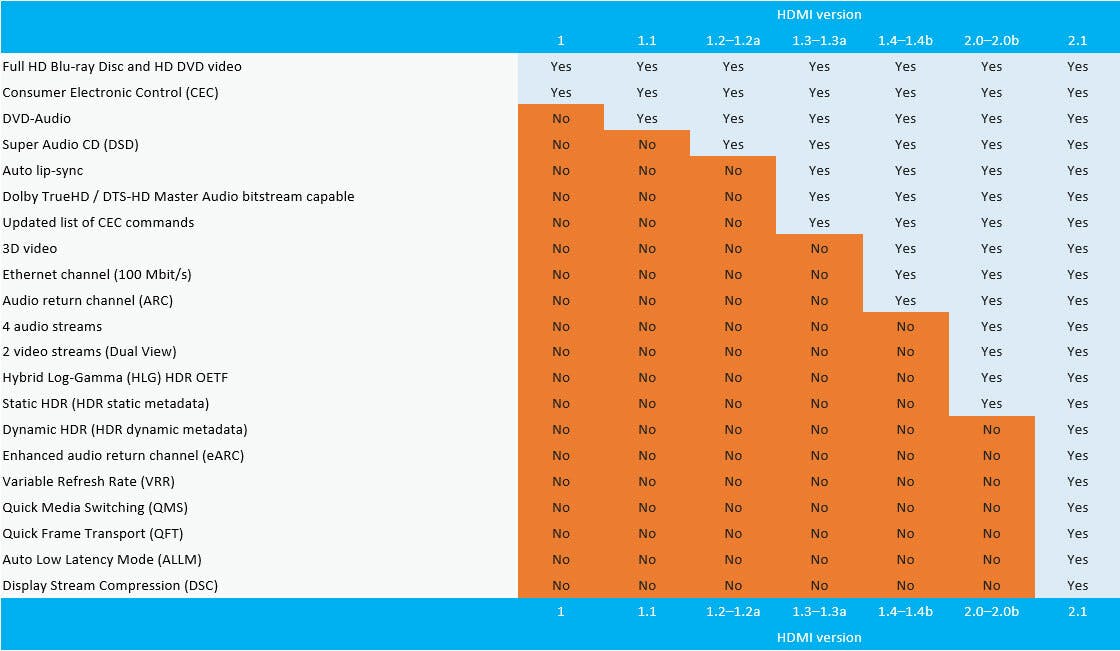
HDMI 2.1 Certification Offers the Following Advantages Over 2.0:
- Higher video resolutions for immersive viewing and crisp, fast-action detail
- Dynamic HDR ensures every moment of a video looks stunning
- The ultra high-speed HDMI Cable supports the 48G bandwidth for uncompressed HDMI 2.1a
- HDMI Cable Power enables active HDMI Cables to be powered directly from the HDMI Connector
- Enhanced gaming features, including Auto Low Latency Mode (ALLM) ensure an added level of smooth and seamless motion and transitions for gaming, movies and video. Own your opponents before they know you’re coming
- Quick Media Switching (QMS) for movies and video eliminates the delay when a device changes from one HDMI frame rate to another
Our best advice is to double-check the product website of your items to see if the above criteria are listed.
What this all boils down to is you must check your AV Receiver and TV to ensure they’re both HDMI 2.1 compatible. Most new TVs on the market are 2.1 compatible as well.
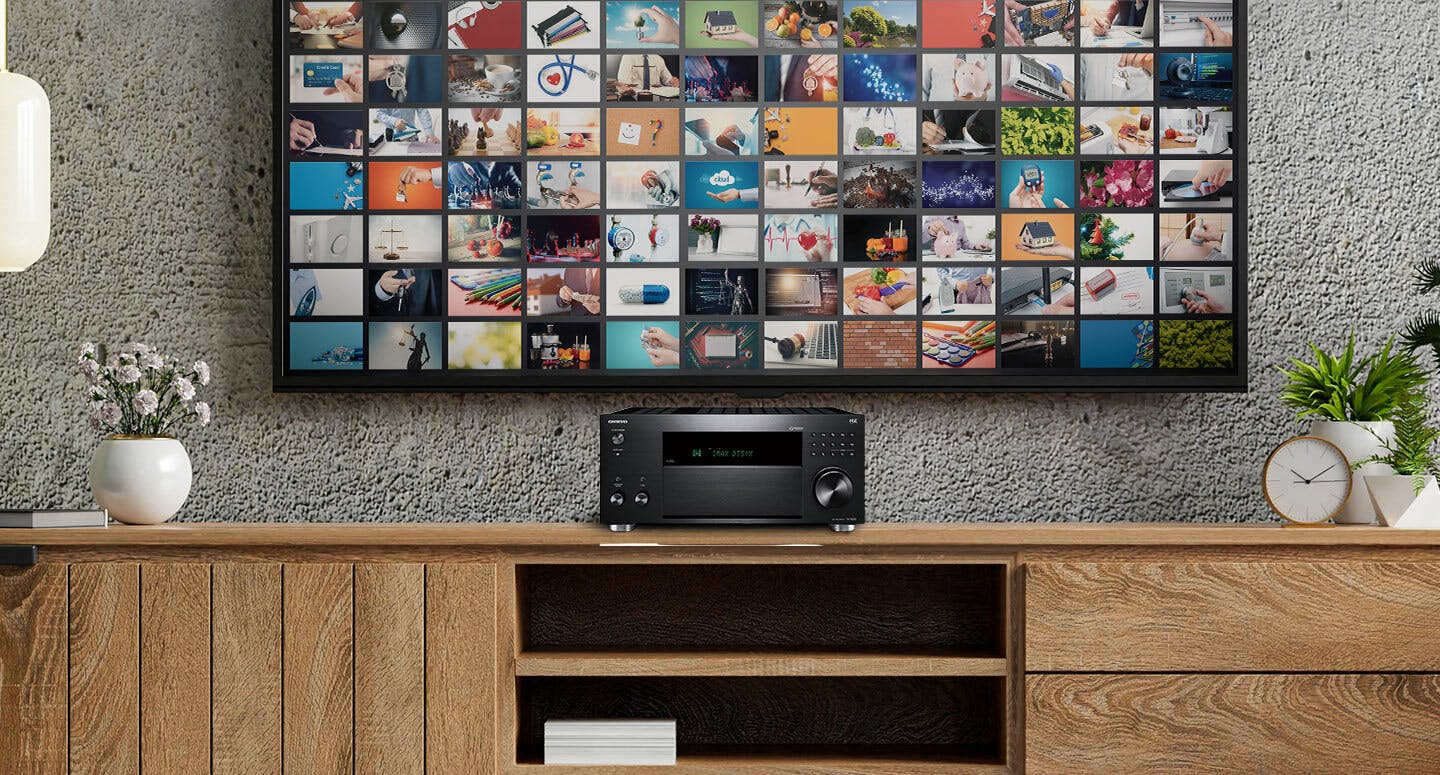
Luckily, the following 2021 Onkyo AV receivers are compatible with the latest HDMI upgrades for a top-notch home theater experience:
The upside to this new HDMI certification is that you can have peace of mind knowing your Onkyo receiver will deliver a best-in-class sound and visual experience.

